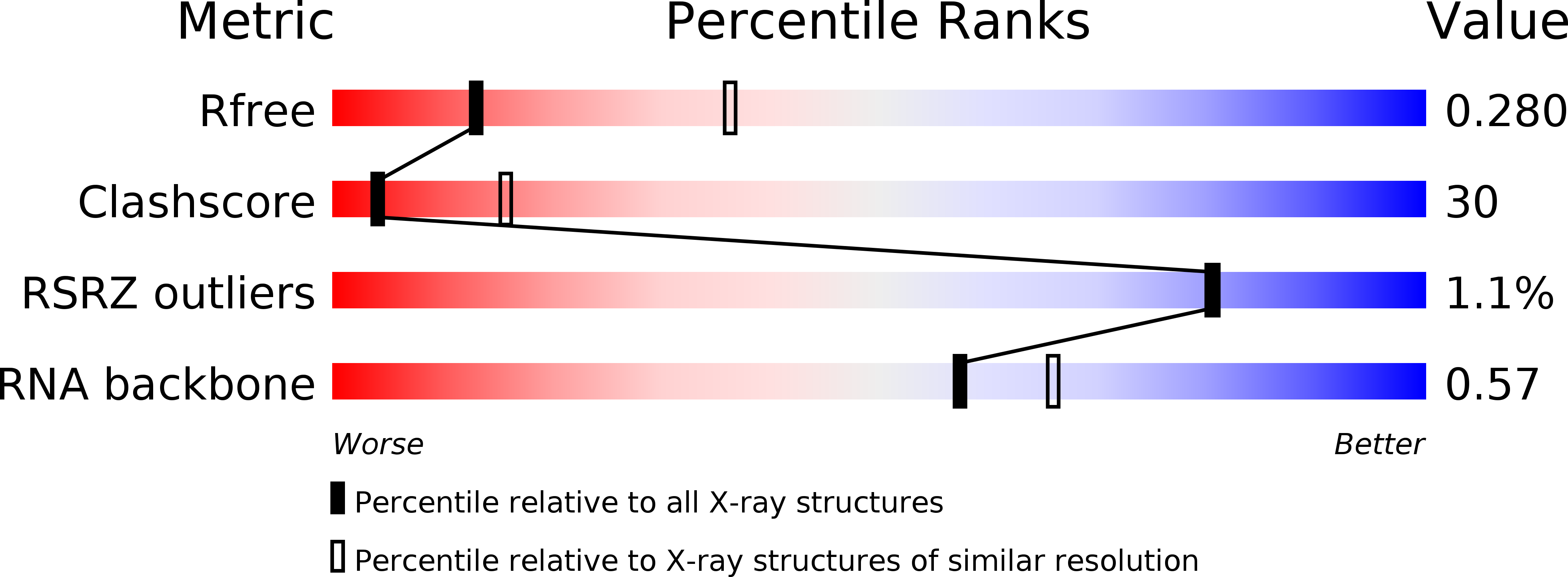
Deposition Date
2006-03-29
Release Date
2006-07-04
Last Version Date
2024-02-14
Entry Detail
PDB ID:
2GIS
Keywords:
Title:
Structure of the S-adenosylmethionine riboswitch mRNA regulatory element
Biological Source:
Source Organism:
Method Details:
Experimental Method:
Resolution:
2.90 Å
R-Value Free:
0.28
R-Value Work:
0.26
R-Value Observed:
0.26
Space Group:
P 43 21 2


